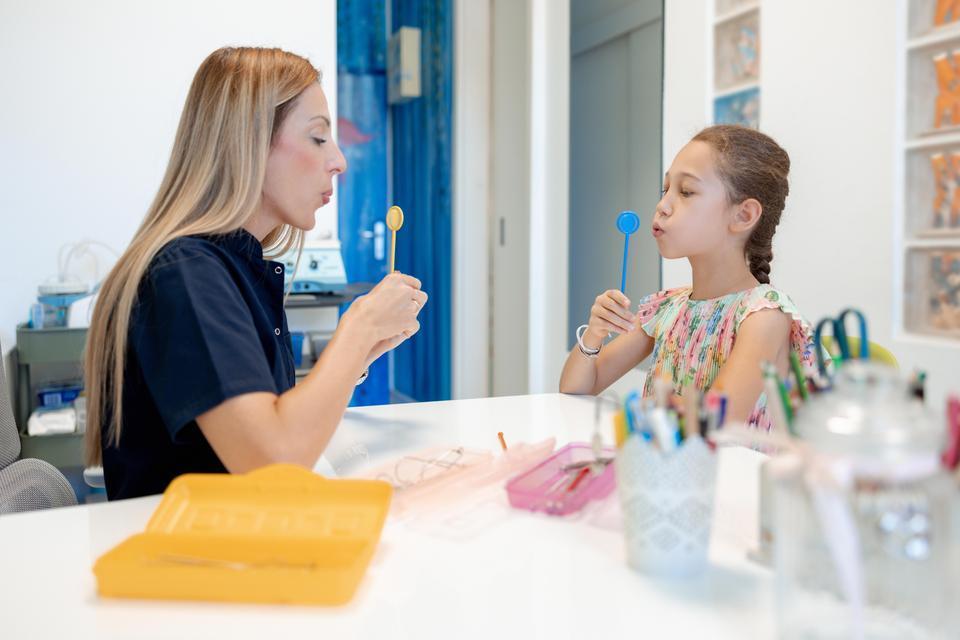September is National Childhood Obesity Awareness Month. In the past four decades, obesity rates in the United States have soared among all age groups. We have the power to change these trends. Altru’s Dr. Grant Seeger explores how electronic devices impact today’s youth.

As a father of four young children, I have personally witnessed how easily today’s youth use electronic devices. The United States is now overflowing with these devices in the form of mobile phones, tablets, large desktop touchscreens and video games. Tactile fine motor movements are becoming more important for email, texting, games and more.
Pros and Cons
Using these devices in the future will be essential in daily life.
There are many benefits to using touchscreen electronic devices, including:
- access to unlimited learning material,
- positive social interactions to foster community,
- efficient communication tools and
- development of fine motor skills.
However, there are many pitfalls that could result in detrimental experiences. These include:
- unlimited access to harmful material (if parental controls are not used),
- social interactions gone bad (violence, privacy issues),
- social isolation,
- limited physical activity contributing to weight gain, muscle loss, poor metabolism and diabetes,
- questionable detriment to depth perception development and
- lack of parental contact.
Lack of parental contact can be the worst detriment of all. Electronic devices have their place in keeping children occupied in order to calm the environment and diffuse aggression. However, they can be overused. There is a fine line between occasional and excessive use that leads to the detriments listed above.
Human Interaction > Electronic Interaction
A recent article in the Journal of Nutrition, Education, and Behavior by Ray & colleagues (2013) finds that a higher number of parenting practices was associated with more favorable health behaviors. Stronger associations between parenting practices and nutrient-dense (healthy) food intake and meal frequency were found when children perceived high parental warmth/responsiveness. Stronger associations between parenting practices and energy-rich (unhealthy) food intake and screen time were found when children perceived low parental warmth/responsiveness.1 In sum, children that had more screen time also had worse eating habits and less perceived parental responsiveness. Children need human parental interaction, not electronic interaction.
Interestingly, children who watched over two hours of television per day had increased odds of low communication scores.2 Whereas child-directed media was associated with low language scores, adult-directed media was not.2 The findings by Duch & colleagues (2013) support the harmful impact of screen media in toddler’s language development.
Sit Less, Play More
Reducing sedentary time should be a priority. Sedentary time, usually in front of a television, has been associated with higher socioeconomic status.3 Decreased sedentary time was linked to families with more siblings, family visits to parks and family participation in sports.3
Data from Atkin & colleagues (2013) show that the greater amount of time spent with the mother and more restrictions on female children from playing outside significantly increases sedentary time.3 Researchers suggest increasing participation in sports and decreasing restrictions on young girls playing outside in order to increase physical activity and lower body mass index.
My personal recommendation is to never let children take a touchscreen device, such as an iPad, into their room alone. Keep the screen visible and monitor their activity.
Local Movement
The Grand Forks community has made recent efforts to improve family access to athletic and other recreational activities. Choice Health & Fitness has been a great addition to the community. The challenge is making use of these facilities on a routine basis and promoting family health by decreasing electronic screen time.
References
- Ray C, Kalland M, Lehto R, & Roos E. (2013). Does Parental Warmth and Responsiveness Moderate the Associations between Parenting Practices and Children’s Health-related Behaviors? J Nutr Educ Behav. In Press, 2013.
- Duch H, Fisher EM, Ensari I, Font M, Harrington A, Taromino C, Yip J, Rodriguez C. (2013). Association of Screen Time Use and Language Development in Hispanic Toddlers: A Cross-Sectional and Longitudinal Study. Clin Pediatr (Phila). Jul 1. In Press, 2013.
- Atkin AJ, Corder K, Ekelund U, Wijndaele K, Griffin SJ, & van Sluijs EM. (2013). Determinants of Change in Children’s Sedentary Time. PLoS One. Jun 28;8(6):e67627. doi: 10.1371/journal.pone.0067627. Print 2013.







